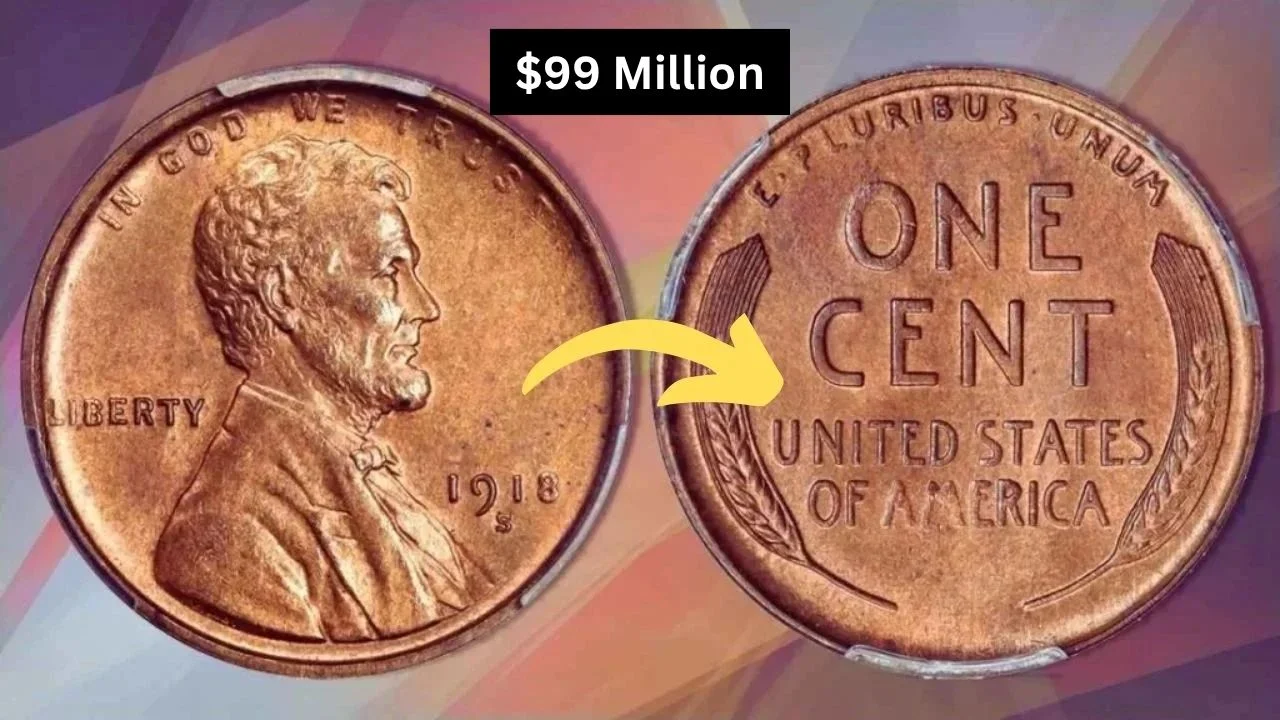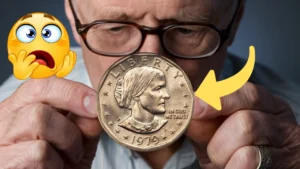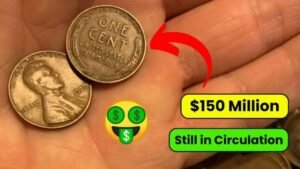Imagine finding a penny worth $99 million in your pocket change! The rare 1943 Lincoln Wheat Penny made of copper is a numismatic legend that could still be in circulation. This blog dives into its history, value, and how you might spot one.
What Is the Lincoln Wheat Penny?
The Lincoln Wheat Penny, minted from 1909 to 1958, features Abraham Lincoln on the front and wheat stalks on the back. Most are common, but the 1943 copper version is a rare treasure in numismatics, potentially worth millions due to a minting error.
History of the 1943 Copper Penny
During World War II, copper was scarce, so 1943 pennies were made of zinc-coated steel. However, a few copper pennies were mistakenly minted in Philadelphia and San Francisco. These errors slipped into circulation, making them a collector’s dream. Only about 20 are known to exist today.
| Year | Material | Mint | Estimated Surviving Coins |
|---|---|---|---|
| 1943 | Copper | Philadelphia | ~15 |
| 1943 | Copper | San Francisco | ~5 |
Why Is It So Valuable?
The 1943 copper penny’s value comes from its rarity and historical significance. With only a handful known, collectors are willing to pay millions. In 2010, one sold for $1.7 million, and experts estimate a pristine example could fetch up to $99 million today. Its allure lies in the chance it’s still out there.
How to Spot This Rare Coin
Could you have a $99 million penny? Check your change! Look for a 1943 penny that’s copper-colored, not silver like the common steel version. Use a magnet—if it doesn’t stick, it might be copper. Always consult a professional numismatist to authenticate potential finds.
| Feature | Common 1943 Penny | Rare 1943 Copper Penny |
|---|---|---|
| Material | Zinc-coated steel | Copper |
| Color | Silver | Bronze/copper |
| Magnet Test | Sticks to magnet | Does not stick |
| Weight | ~2.7 grams | ~3.11 grams |
Notable Facts and Records
- Rarest of the Rare: Only about 20 copper 1943 pennies are known, with some still unaccounted for.
- Record Sale: A 1943-S copper penny sold for $1.7 million in 2010.
- Minting Error: The copper pennies were struck by accident when copper planchets were left in minting machines.
- Still in Circulation?: Experts believe a few may still be in piggy banks or change jars.
Expert Tips for Coin Collectors
- Check Your Change: Always examine 1943 pennies closely for copper color.
- Get It Authenticated: Use services like PCGS or NGC for professional grading.
- Join Numismatic Communities: Forums like CoinTalk can connect you with experts.
- Store Safely: Keep valuable coins in protective holders to preserve condition.
- Stay Informed: Follow numismatic news for updates on rare coin discoveries.
FAQs About the $99 Million Penny
Q: How many 1943 copper pennies exist?
A: About 20 are known, but more could be undiscovered.
Q: Why is the 1943 penny so rare?
A: A minting error used copper instead of steel, creating a tiny batch.
Q: Can I find one in circulation?
A: It’s possible but unlikely—check old coin collections or change carefully.
Q: How do I know if my penny is real?
A: Test with a magnet and consult a professional numismatist.
Q: What’s the highest price paid for one?
A: A 1943 copper penny sold for $1.7 million in 2010.
Conclusion
The $99 million Lincoln Wheat Penny is more than a coin—it’s a piece of history that could be hiding in your pocket. Its rarity and value make it a numismatic holy grail. Start checking your change, join coin-collecting communities, or share this post to spread the excitement. Who knows? You might uncover a fortune!




